In the sultry haze of 1960, a cinematic spark ignited in Italy, a country where horror had been stifled under the weight of censorship and cultural conservatism. Mario Bava, a visionary cinematographer turned director, unleashed Black Sunday, a gothic masterpiece that not only marked his directorial debut but also carved a bloody, sensual path for the future of horror cinema. Often described as a forgotten erotic horror, this film was anything but forgettable—it was a revolutionary force, blending beauty and brutality in a way that shocked audiences and inspired generations of filmmakers. Its release 65 years ago, on August 11, 1960, was a seismic event that shattered the boundaries of Italian cinema and birthed a legacy that continues to haunt and enchant today.
The Dawn of Italian Horror: A Cultural Awakening
Before Black Sunday, Italy’s relationship with horror was fraught. During Benito Mussolini’s fascist regime, strict censorship laws banned films containing supernatural elements, violence, or anything deemed too shocking for audiences. This stifled the genre’s growth, leaving Italian cinema focused on melodramas and neorealist works post-World War II. Horror, considered lowbrow and foreign, was largely absent from the Italian screen, with early attempts like 1907’s religious frights being heavily edited or outright banned. By the late 1950s, however, a new wave of genre enthusiasts, inspired by Alfred Hitchcock’s psychological thrillers and the vivid gothic spectacles of Britain’s Hammer Films, began to challenge this status quo.
Mario Bava was at the forefront of this rebellion. Born on July 31, 1914, in Sanremo, Italy, Bava was the son of Eugenio Bava, a respected cinematographer and sculptor. His artistic upbringing and early career as a cinematographer and special effects artist gave him a unique perspective. He had already made waves by stepping in to complete I Vampiri (1957), Italy’s first modern horror film, after director Riccardo Freda abandoned the project. This experience, coupled with the global success of Hammer’s Dracula (1958), emboldened Bava to craft a horror film that was distinctly Italian yet universally resonant.
Black Sunday, also known as La Maschera del Demonio (The Mask of Satan), emerged as a bold statement. It was not just a film but a cultural declaration that Italy could produce horror that rivaled—and even surpassed—its American and British counterparts. Bava’s debut was a love letter to gothic traditions, infused with a decadent sensuality and graphic violence that pushed the boundaries of what horror could be.
A Tale of Vengeance and Seduction: The Plot of Black Sunday
Black Sunday opens with a scene so visceral it still sends shivers down the spine. In 17th-century Moldavia, Princess Asa Vajda (played by the mesmerizing Barbara Steele) and her lover, Javutich, are condemned as witches. Their punishment is gruesome: a spiked mask, known as the “Mask of Satan,” is hammered onto Asa’s face, a brutal act that sets the tone for the film’s unflinching approach to horror. Before her death, Asa curses her executioners, vowing revenge on their descendants. Two centuries later, in the 19th century, two doctors, Dr. Kruvajan (Andrea Checchi) and his assistant Andrej (John Richardson), stumble upon Asa’s tomb. A careless act—Kruvajan’s blood dripping onto her corpse—resurrects the witch, who unleashes her curse on the living, targeting Katia (also played by Steele), her innocent descendant and doppelgänger.
Asa’s plan is as seductive as it is sinister: she seeks to drain Katia’s youth to restore her own beauty and power, using her resurrected lover to carry out her bidding. The film weaves a tapestry of gothic horror, blending vampirism, witchcraft, and psychological terror. It’s a story of duality—beauty versus monstrosity, innocence versus evil, love versus vengeance—that captivated audiences with its lush visuals and haunting narrative.
Bava’s inspiration for the film came from Nikolai Gogol’s 1835 short story “Viy,” a folk horror tale about a witch who transforms into a beautiful woman. However, Bava and his co-writers, including Ennio de Concini, reworked the story significantly, prioritizing cinematic spectacle over literal adaptation. The result was a film that felt both timeless and revolutionary, a dark fairy tale that embraced the macabre while exploring themes of human nature’s darker impulses.
Barbara Steele: The Scream Queen’s Star-Making Turn
At the heart of Black Sunday is Barbara Steele, whose dual role as Asa and Katia cemented her status as horror’s first true scream queen. Steele, a British actress with an ethereal beauty and piercing gaze, was only 23 when she starred in the film. Her performance is a masterclass in duality: as Asa, she is a seductive, malevolent force, her eyes burning with vengeful fire; as Katia, she is vulnerable and pure, a stark contrast to her demonic counterpart. Steele’s ability to embody both characters made her an icon, and her image—pale skin, dark hair, and haunting eyes—became synonymous with gothic horror.
“Barbara Steele’s face in Black Sunday is like a canvas of terror and beauty, a perfect embodiment of Bava’s vision,” said horror director John Carpenter in a 1990s interview, reflecting on the film’s enduring impact.
Steele’s performance was not without challenges. The film’s low budget meant grueling shooting schedules, and Bava’s perfectionism demanded multiple takes to capture the right mood. Yet, Steele’s commitment to the role elevated the film, making her a central figure in the Italian horror tradition that would soon become obsessed with powerful, dangerous women.
The Visual Alchemy of Mario Bava
Bava’s genius lay in his ability to transform modest budgets into visual feasts. Black Sunday, shot in black and white, is a testament to his mastery of chiaroscuro lighting, deep shadows, and atmospheric composition. Drawing from Italian art traditions, German expressionism, and the surreal works of Jean Cocteau, Bava created a world that felt both real and otherworldly. The film’s crypts, castles, and fog-laden landscapes evoke the gothic aesthetics of Universal’s Dracula (1931) and The Old Dark House (1932), but Bava infused them with a distinctly Italian flair—sensual, decadent, and unapologetically bold.
One of the film’s most striking elements is its use of violence. Scenes like the mask being hammered onto Asa’s face or the graphic staking through the eye were shocking for 1960 audiences. Bava didn’t shy away from showing blood and gore, a stark departure from the offscreen horror of Hollywood’s gothic films. This unflinching approach set a precedent for the graphic violence that would define Italian horror and later influence the slasher genre.
Bava’s background as a cinematographer and special effects artist allowed him to create illusions that belied the film’s modest budget. He used colored lights to enhance makeup effects, ensuring they translated effectively in black and white. Forced perspective and clever camera angles made small sets appear grand, while his use of shadows created a surreal, almost dreamlike quality. The film’s score, composed by Roberto Nicolosi, added to the atmosphere with its haunting, operatic melodies, earning the nickname “horror opera” for its dramatic intensity.
Influences and Inspirations
Bava’s influences were vast and varied. Beyond Gogol’s “Viy,” he drew from the gothic horror of Hammer Films, particularly Terence Fisher’s Dracula (1958), which had captivated global audiences with its vivid colors and charismatic vampire. Bava, however, chose to shoot Black Sunday in black and white, a deliberate nod to the Universal horrors of the 1930s while allowing him to focus on texture and contrast. He also incorporated elements of Italian diva films, silent melodramas that celebrated strong female characters, and German expressionist cinema, with its distorted realities and psychological depth.
The film’s erotic undertones were groundbreaking. Asa’s seductive power, rooted in her supernatural allure, challenged the patriarchal norms of traditional gothic stories. Bava’s portrayal of women as both victims and villains—embodied by Steele’s dual roles—set a template for Italian horror’s fascination with the femme fatale. This archetype, a woman whose beauty is both captivating and deadly, would become a staple in the genre, influencing directors like Dario Argento and Lucio Fulci.
The Birth of Giallo and the Slasher Legacy
While Black Sunday is primarily a gothic horror film, it laid the groundwork for two major subgenres: giallo and the slasher film. Bava’s later works, such as The Girl Who Knew Too Much (1963) and Blood and Black Lace (1964), would codify the giallo genre—a stylish blend of mystery, horror, and eroticism characterized by vibrant colors, masked killers, and intricate plots. Black Sunday introduced key elements of this style, particularly its focus on a female antagonist and its unapologetic violence.
The film’s influence on the slasher genre is equally significant. Its graphic depictions of violence, particularly the use of sharp objects like stakes and knives, prefigured the brutal kills of later slasher films. Bava’s A Bay of Blood (1971) is often cited as a direct precursor to films like Friday the 13th (1980), with specific murder scenes copied almost verbatim. Black Sunday’s blend of beauty and brutality set the stage for this evolution, proving that horror could be both aesthetically stunning and viscerally shocking.
A Global Impact: Bava’s Enduring Legacy
Black Sunday was a commercial and critical success, particularly in the United States, where it was distributed by American International Pictures. Its influence extended far beyond Italy, inspiring filmmakers like Francis Ford Coppola, whose Bram Stoker’s Dracula (1992) echoed Bava’s gothic grandeur, and Tim Burton, whose dark, whimsical style owes a debt to Bava’s visual flair. Quentin Tarantino has cited Bava’s anthology film Black Sabbath (1963) as an inspiration for Pulp Fiction’s episodic structure, but the roots of that influence can be traced back to Black Sunday’s innovative storytelling.
The film also had a cultural impact beyond cinema. The heavy metal band Black Sabbath took its name from the film, which they saw advertised at a Birmingham theater. The band’s dark, brooding sound was directly inspired by the film’s eerie atmosphere, illustrating Bava’s influence on music as well as film.
Cultural and Historical Context: Italy in 1960
To fully appreciate Black Sunday, one must consider the cultural and historical context of its release. Italy in 1960 was undergoing a period of rapid modernization and economic growth, known as the “Italian Economic Miracle.” The country was shedding its post-war austerity, and its film industry was flourishing, with directors like Federico Fellini and Michelangelo Antonioni gaining international acclaim. However, horror remained a niche genre, viewed with suspicion by critics who favored neorealism and art cinema.
Bava’s decision to embrace horror was a bold act of defiance. By crafting a film that was both artistically ambitious and unapologetically genre-driven, he challenged the notion that horror was inherently lowbrow. Black Sunday also reflected broader societal anxieties about female power and sexuality. The 1960s saw the rise of second-wave feminism, and Asa’s character—a woman who wields her beauty as a weapon—can be seen as both a celebration and a critique of these shifting gender dynamics.
The film’s gothic setting, rooted in Eastern European folklore, also resonated with Italy’s fascination with the exotic and the macabre. Moldavia, though fictionalized, evoked a sense of otherness that allowed Italian audiences to explore taboo themes like witchcraft and vampirism without directly confronting their own cultural history. This distancing effect made the film’s violence and eroticism more palatable, paving the way for the genre’s acceptance in Italy.
Challenges and Controversies
Despite its success, Black Sunday was not without controversy. Its graphic violence led to bans in several countries, including the United Kingdom, where it was heavily censored until the 1990s. Critics at the time were divided, with some praising its visual artistry and others decrying its brutality. Bava himself faced challenges during production, including a limited budget and a tight shooting schedule. Yet, these constraints only fueled his creativity, forcing him to rely on ingenuity rather than lavish resources.
The film’s erotic elements also sparked debate. Asa’s seductive power and the film’s focus on female sexuality were seen as provocative, even scandalous, in the conservative climate of 1960s Italy. However, these elements were precisely what made Black Sunday so groundbreaking, challenging audiences to confront their fascination with the forbidden.
Bava’s Evolution and the Horror Renaissance
Black Sunday was just the beginning of Bava’s illustrious career. Over the next two decades, he would direct a string of influential films, from the proto-giallo The Girl Who Knew Too Much to the sci-fi horror Planet of the Vampires (1965), which inspired Ridley Scott’s Alien (1979). His ability to blend genres—horror, thriller, science fiction, and even comedy—set him apart as a versatile filmmaker. Yet, it was his work in horror and giallo that left the most indelible mark.
Bava’s later films built on Black Sunday’s foundation, experimenting with color, sound, and narrative structure. Blood and Black Lace (1964) introduced the vibrant palettes and masked killers that would define giallo, while Kill, Baby… Kill! (1966) explored supernatural horror with a dreamlike intensity. By the time of his death in 1980, Bava had become a cult figure, his films rediscovered and celebrated by a new generation of cinephiles.
The Lasting Allure of Black Sunday
Sixty-five years after its release, Black Sunday remains a towering achievement in horror cinema. Its blend of gothic elegance, erotic tension, and graphic violence continues to captivate audiences, while its influence can be seen in everything from modern horror films to heavy metal music. Mario Bava’s debut was more than a film; it was a manifesto, a declaration that horror could be art, that beauty could coexist with terror, and that Italy could lead the world in cinematic innovation.
For those who have yet to experience Black Sunday, it is a journey into a world of shadows and seduction, where the line between good and evil blurs, and the power of cinema is unleashed in all its dark glory. Bava’s legacy lives on, not just in the films he made but in the countless stories inspired by his vision—a vision that began with a witch’s curse and a mask of Satan, forever etched into the annals of horror history.

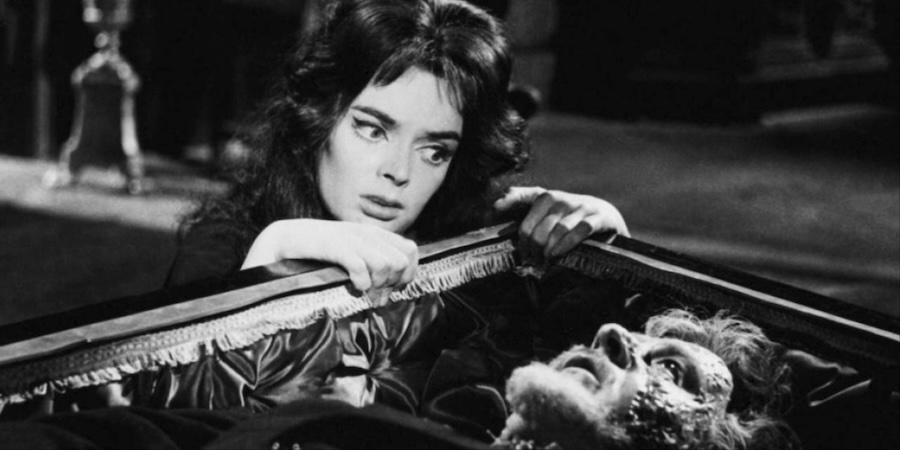







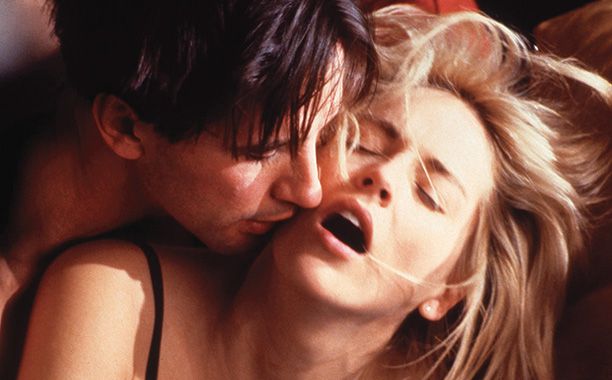
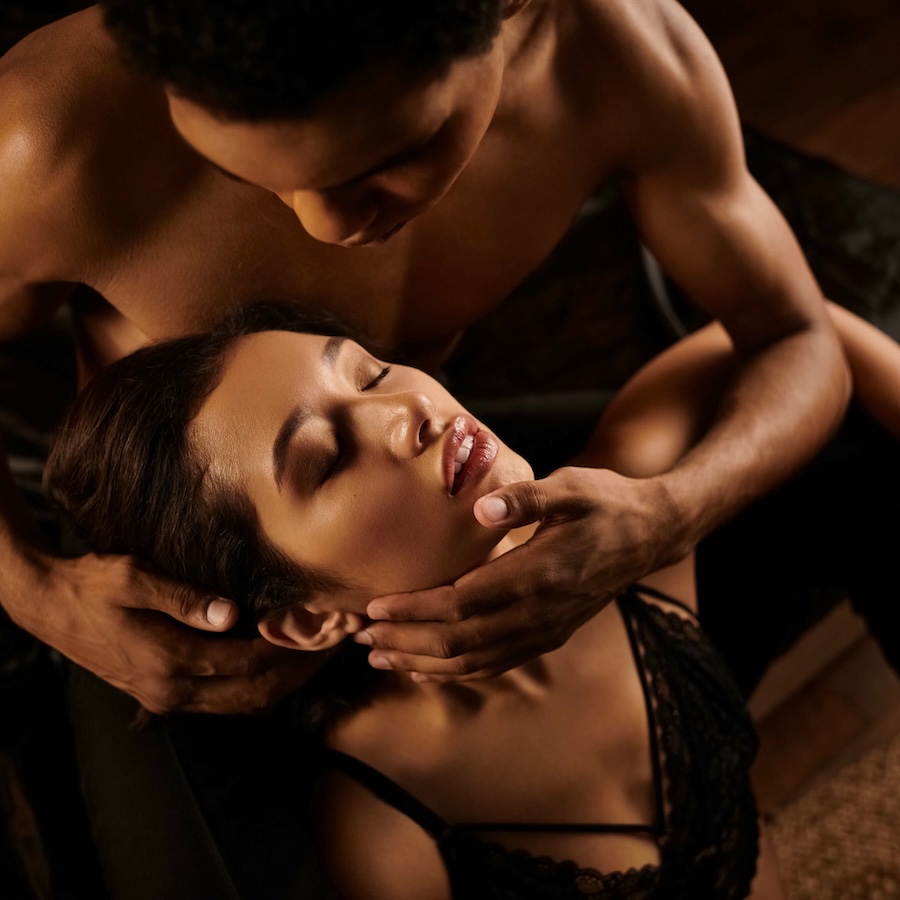
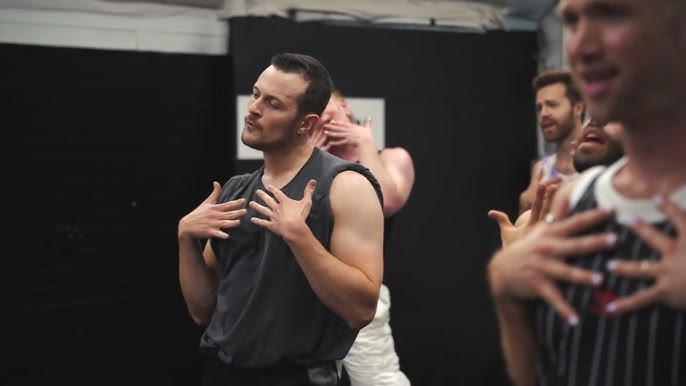
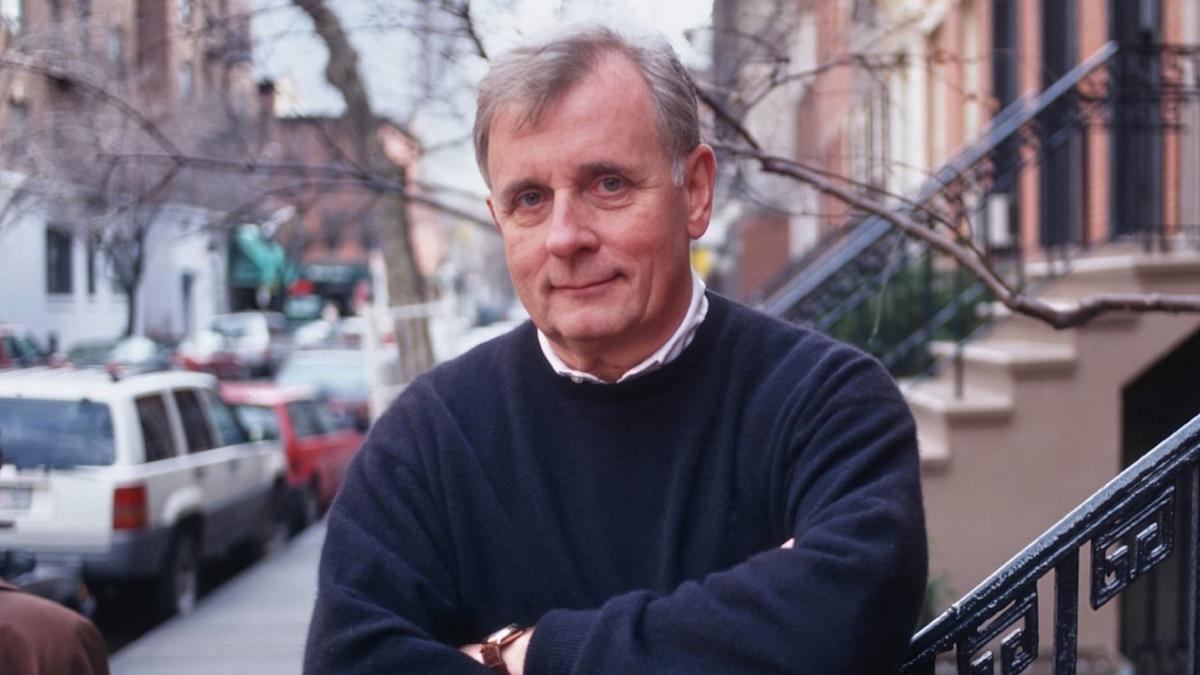

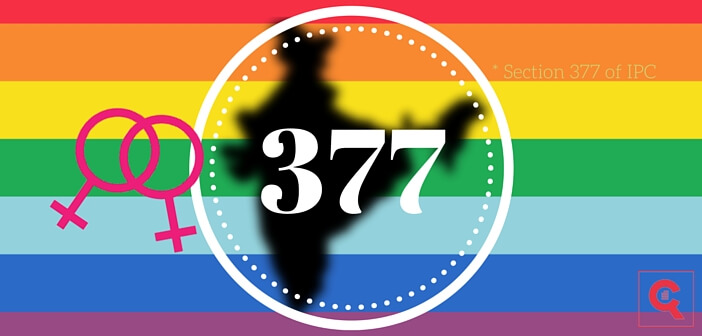
0 Comments